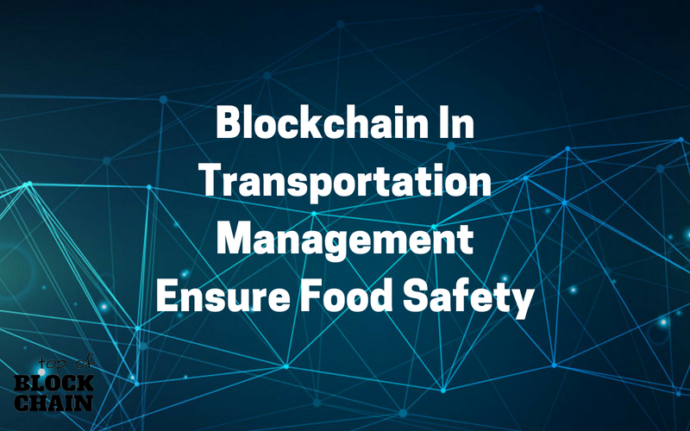One of the most interesting applications of blockchain in transportation management is food safety. And not only because of the depth of the problem as, according to CDC, 1 in 6 Americans (or 48 million people) gets sick, 128,000 are hospitalized, and 3,000 die of foodborne diseases (remember Chipotle?), causing a 500-billion blow to the US economy each year. It is also because currently it’s so hard to pinpoint the culprit of these food safety issues, requiring lengthy investigations and huge product recalls.
The food supply chain industry is craving the knowledge about each ingredient or process at any given time – and this is something that blockchain technology can deliver. And because with the blockchain system, a register item can’t be changed without an alerting the system – this prevents not only fraudulence, but also mistakes.
The most interesting feature of blockchain applications that help track food moving across the supply chain is that currently the global giants in the food business, such as Nestle, Unilever, and Dole, normally competitors, are coming together with Walmart to form a standard of using blockchain to ensure food safety.
Walmart and 9 food giants are revamping their system-wide data management processes with blockchain. This has obvious implications for food safety – when salmonella or other contaminants are discovered in an item (be it fruit and vegetables or fully-prepared foods), it would be simple to discover from where those items came and to which stores those items were sold, generating potential cost savings.
It will be so interesting to see how far and how fast this will develop and how much of food supply chain transparency will trickle down to the end consumers. Will we be able to scan a bar code of say, a frozen pineapple package, and see where it has been and the types of conditions it has been transported in in line with the appropriate regulation? What about the types of foods or allergens it may have come in contact with, as well as what kind of chemicals may have been used where it was grown or stored?

